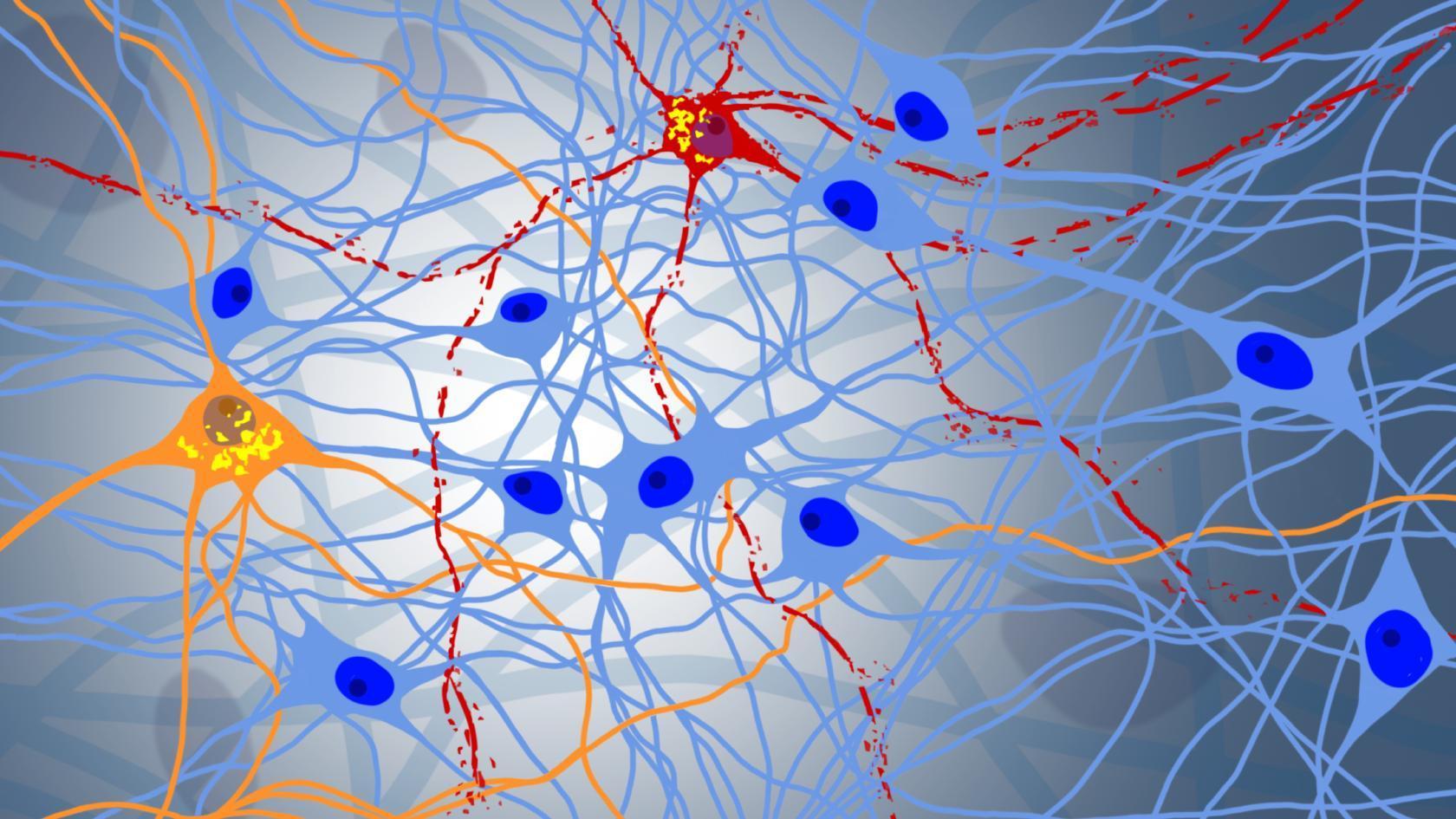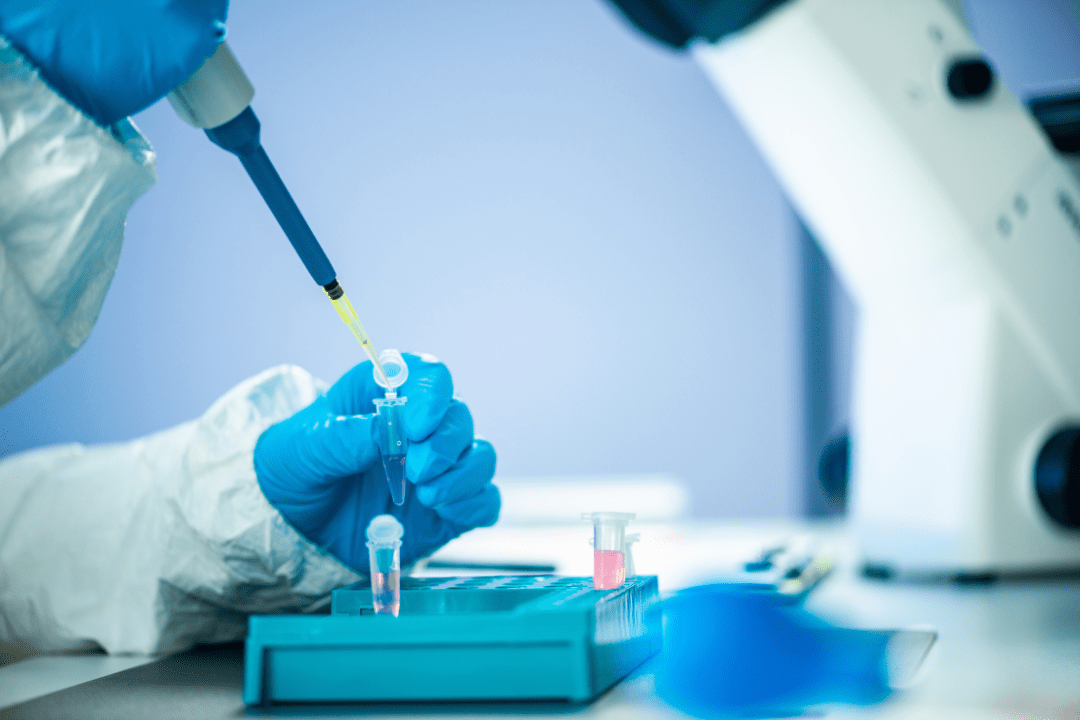
Researchers from the University of Zurich (UZH) have developed an innovative 2D cell culture model by the name of iNets that replicates the properties of the human brain and which can help to shed light on the intricate mechanisms underlying neurodegeneration. To this end, they were supported by the high-density microelectrode arrays (HD-MEAs) developed by MaxWell Biosystems, a spin-off from the Swiss Federal Institute of Technology in Zurich (ETH).
In so doing, they have successfully identified a starting point for the treatment of frontotemporal dementia (FTD) and amyotrophic lateral sclerosis (ALS), further details of which can be read in a report issued by UZH. This pioneering work was led by Dr. Marian Hruska-Plochan (first author) in the group headed up by Prof. Dr. Magdalini Polymenidou (corresponding author) from the Department of Quantitative Biomedicine at UZH and published in the specialist journal “Nature”.
Life Science Hub Greater Zurich Area
Life Science Hub Greater Zurich Area
The Greater Zurich Area has evolved into a dynamically expanding life sciences hotspot, thanks to the region’s academic excellence, business-friendly regulations, IP protection, large international talent pool and R&D collaborations between universities and start-ups, as well as large multinational corporations.

In ALS, neurons in the motor cortex and spinal cord degenerate, which leads to paralysis. In FTD, however, neurons located in the parts of the brain involved in cognition, speech and personality are affected. Both ALS and FTD are relentlessly progressive diseases for which effective treatments are still sorely lacking.
The researchers were aware that in both diseases there is an abnormal accumulation of the protein TDP-43 in the neurons of the central nervous system. Using this cell culture model, the UZH study has now been able to demonstrate that a toxic accumulation of another protein called NPTX2 is responsible for the malfunction of TDP-43, which in turn leads to the degeneration of the nerve cells.
The team tested these experimental findings on brain tissue from people who had died of ALS or FTD. And in fact, they discovered that NPTX2 accumulates in cells that contain abnormal TDP-43. This means that the iNets cell culture model was able to accurately predict ALS and FTD patient pathology.
According to Magdalini Polymenidou, the discovery of NPTX2 “gives us a clear shot of developing a therapeutic that acts at the core of the disease”. In connection with two other target molecules, which have been recently discovered by other research teams, it is conceivable that a combination therapy for ALS and FTD could be developed moving forwards. ce/mm
Related news
Contact us
Can we put you in touch with a peer company or research institute? Do you need any information regarding your strategic expansion to Switzerland's technology and business center?
info@greaterzuricharea.com